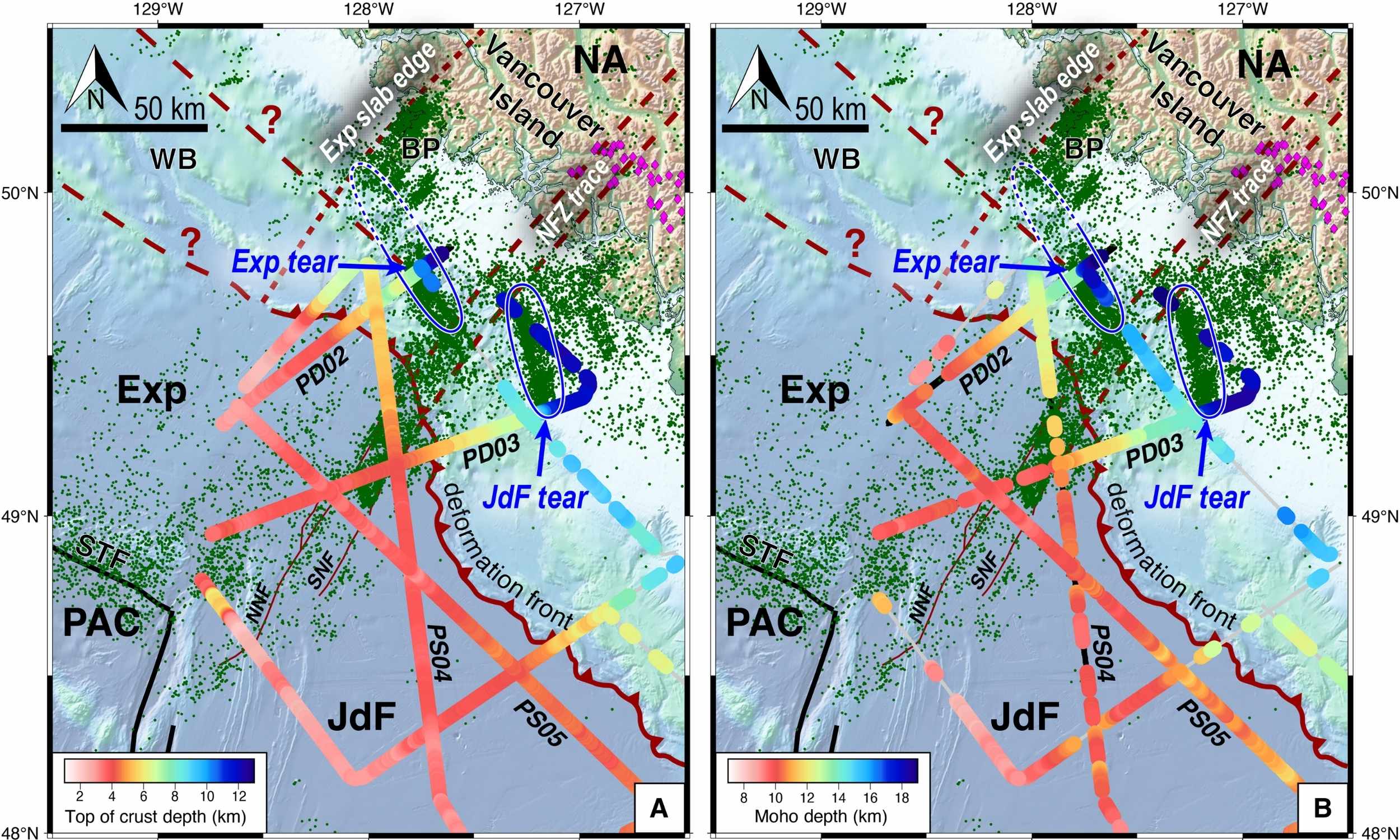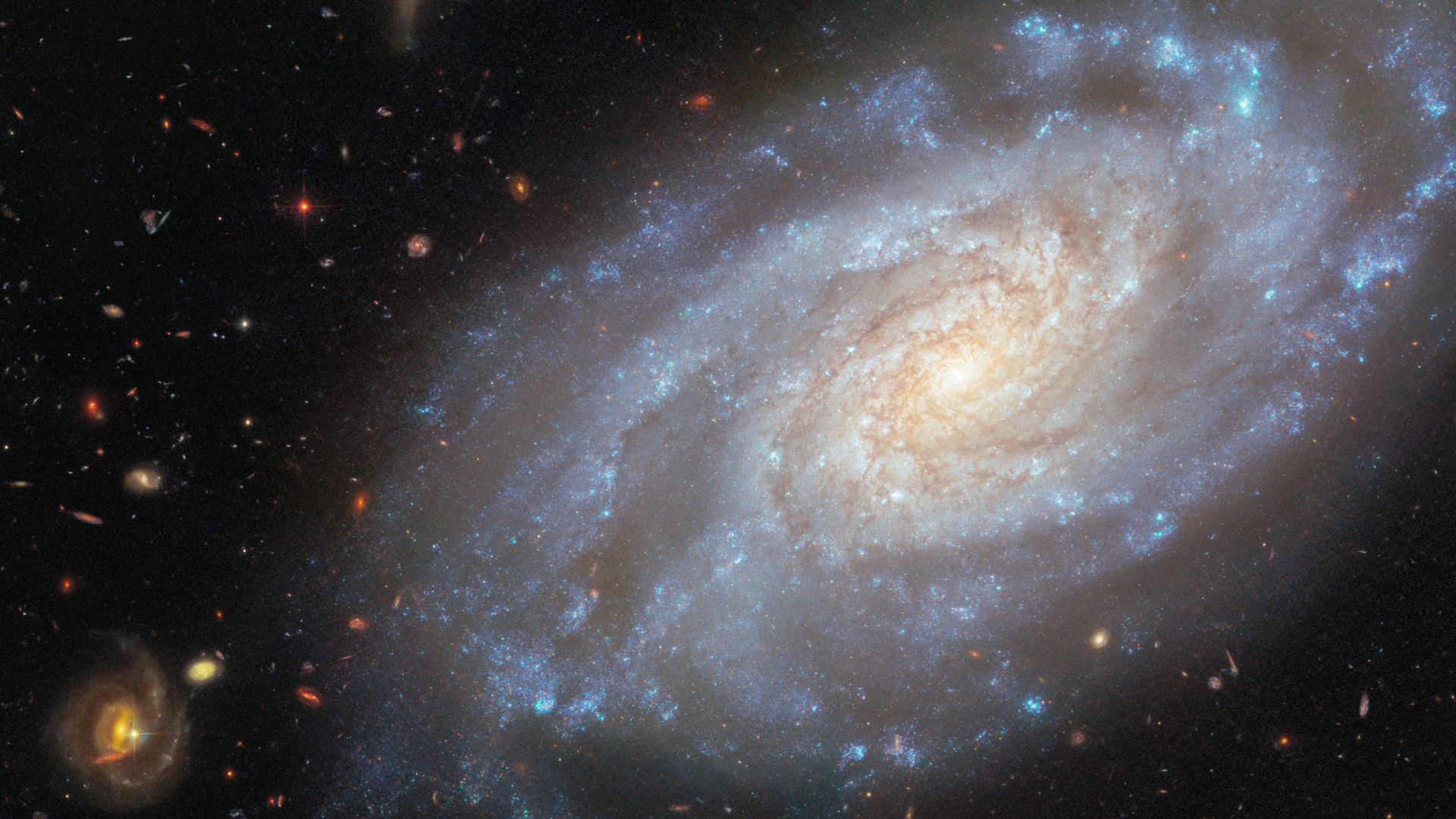Scientists have mapped a deep rip forming beneath the seafloor off Vancouver Island in the The Nootka Fault Zone (NFZ) of the Cascadia subduction margin.
A new study reports a trench parallel tear about 22 miles long that is starting to shut down…

Scientists have mapped a deep rip forming beneath the seafloor off Vancouver Island in the The Nootka Fault Zone (NFZ) of the Cascadia subduction margin.
A new study reports a trench parallel tear about 22 miles long that is starting to shut down…

The field of medicine known as geriatrics focuses on the healthcare of older adults individuals, defined as those aged 65 years and older.1 This demographic constitutes an increasingly significant segment of the global population….

The great Australian director Peter Weir is perhaps underrated as an auteur, simply because his filmography doesn’t follow any thematic or stylistic principle; each of his contributions feels like a complete work of art unto itself. While Picnic…

 Aaron Ramsey
Aaron RamseyThe disappearance of Wales football captain Aaron Ramsey’s dog in Mexico “will continue to haunt” his family, they have said.
The family’s…

– Advertisement –
– Advertisement –
– Advertisement –
ISLAMABAD, Nov 04 (APP): Pakistan Tennis Federation (PTF), President Aisam-ul-Haq Qureshi, on Tuesday said that Pakistan will host its first-ever ATP Challenger event in Islamabad this…

Located in the constellation Leo, spiral galaxy NGC 3370 has long been a favorite among astronomers. NGC 3370 is part of a small galaxy group that also other galaxies studied by the Hubble Space Telescope. Studying these galaxies together helps…

Display
Samsung displays, monitors, smart TVs and Galaxy mobile devices helped contestants bring bold marketing ideas to life in the series’ debut season
11/4/2025
Creativity…

The victim’s sister called it “one big Greek tragedy”—and she meant it.
In September 2016, Nathan Carman took off in a fishing boat with his mother near Block Island. A few days later, a freighter spotted Nathan on a life raft off the…
This request seems a bit unusual, so we need to confirm that you’re human. Please press and hold the button until it turns completely green. Thank you for your cooperation!